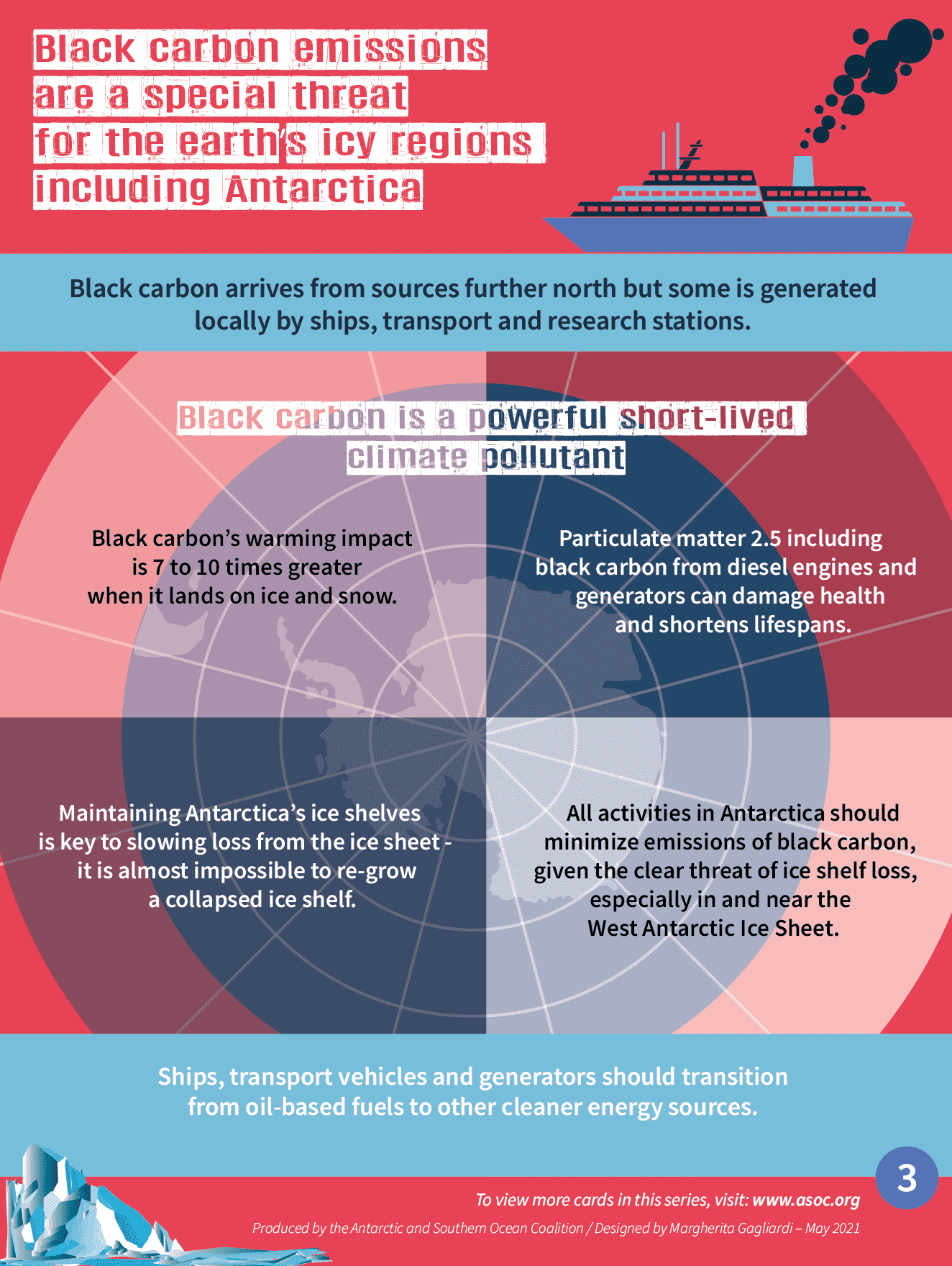Responsible Tourism and Shipping
This summer, over 100,000 tourists are expected to travel to Antarctica. As the number of people visiting this remote wilderness grows, all who visit must take extra care to preserve this special place in a time of great change.
WHAT’S HAPPENING?
Antarctic tourism is changing
Antarctica is growing in popularity as a tourist destination. In the summer of 2022-23 a total of 104,897 tourists visited Antarctica, an increase of 41% on previous maximums. Industry growth is forecast to continue over the next decade.
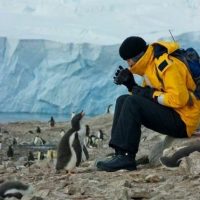
Growth
Between 2015 and 2023, the number of people visiting the Antarctic Peninsula jumped from 36,702 to 104,897.
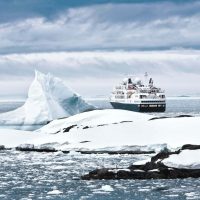
Demand
Demand for Antarctic tourism is increasing. As of 2021, there are 16-20 new cruise vessels due for delivery within 3 years*.

Adventure
Tour operators offer a growing range of adventure activities such as kayaking, snorkeling and transfer by helicopter.
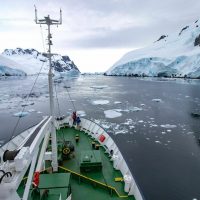
By Sea
Increased shipping traffic associated with tourism presents a threat to wildlife, humans and the environment.
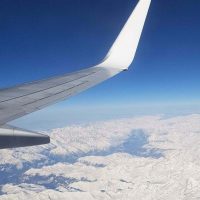
By Air
In November 2021, an Airbus A340 carrying tourists landed on an Antarctic blue-ice runway for the first time.
*While some older vessels are being retired, the overall increase in carrying capacity will support 30-40% more tourists within only a few years.
Why it’s important
RESPONSIBLE TOURISM AND SHIPPING
The Antarctic Peninsula is more than just an attractive tourist destination. It is widely recognized as one of the most productive parts of the Southern Ocean, and the most vulnerable to a warming climate.
The Antarctic Peninsula is among the most rapidly warming places on the planet, and the site of a growing krill fishery. Ninety-eight percent of all Antarctic tourism takes place on a stretch of the northern Antarctic Peninsula coastline only 300 miles (500 kilometers) in length.
This region is also a popular summer destination for migratory whales, seals and seabirds that flock here to feed on abundant swarms of Antarctic krill (Euphausia superba) and other marine life. But as the ocean warms, sea ice changes and human activity increases, this vibrant ecosystem is under stress.
Urgent action is needed to prevent irreversible damage to this incredible polar wilderness.
RESPONSIBLE TOURISM AND SHIPPING
What are the impacts?
Most tourists (around 98%) visit the Antarctic Peninsula by ship, disembarking only for brief excursions ashore. While the Polar Code introduced polar-specific regulations for safe, environmentally responsible shipping, it does not provide adequate protection for polar waters.

Black Carbon
Black carbon (soot) is produced when fossil fuels burn, for example in diesel engines and generators on ships.

Gray Water
There are currently no restrictions on the dumping of gray water (bath, shower laundry and galley water) in the Southern Ocean.

Fragile ecosystems
Around 99% of Antarctica is permanently covered by ice. Small ice-free areas, which provide an essential habitat for Antarctic seabirds, plants and insects, are increasingly being shared with humans.

Biofouling
Biofouling happens when organisms like algae or barnacles attach to the submerged parts of a vessel, like the hull or propellers.

RESPONSIBLE TOURISM AND SHIPPING
What ASOC is doing
ASOC advocates for a long-term precautionary approach to regulating Antarctic tourism. We support intelligent policies that place reasonable constraints on tourism in Antarctica, ensuring that the region remains a natural reserve, devoted to peace and science.
RESPONSIBLE TOURISM AND SHIPPING
Environmentally responsible tourism
As the tourism industry continues to grow, ASOC recommends a review of both the regulations currently in place and the environmental assessment and monitoring process, to ensure they remain resilient and effective as Antarctic tourism expands into new frontiers.
ASOC encourages Antarctic Treaty nations to implement mandatory instruments that have been adopted but are not in force yet, and adopt additional measures to minimize environmental risk, including the cumulative impacts of tourism and fishing activities.

Stronger regulation under the Antarctic Treaty System

The Polar Code

Regulating disposal of untreated gray water
ASOC supports a ban on discharge of untreated blackwater (sewage) and gray water (bath, shower, laundry and galley water).

Preventing the introduction of invasive species
ASOC supports measures to prevent the introduction of non-native species via discharges of ballast water and fouling on vessel hulls.
RESPONSIBLE TOURISM AND SHIPPING
How we work
ASOC works at the highest level of Antarctic governance, encouraging policymakers to consider the impacts of Antarctic tourism in the context of other pressures in the region, including the climate crisis and growing krill fisheries.

Represent
We represent the global environmental community at international governance meetings, where the world’s leaders come together to decide the fate of Antarctica.

Protect
We advocate for specially protected and managed areas across Antarctica and the Southern Ocean, including an Antarctic Peninsula Marine Protected Area.

Monitor
We support ongoing monitoring of Antarctic ecosystems, including control areas, to determine the impacts of human activities and inform policy proposals.
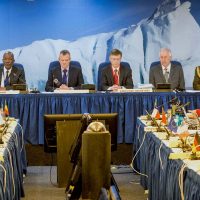
Inform
We present science-based policy proposals at international governance meetings, providing Treaty parties with information on how to protect the Antarctic environment.

Advocate
We advocate for the ATCM to adopt new precautionary regulations to manage growth in tourism. Establishing sensible policies now will prevent problems in the future.
What you can do
RESPONSIBLE TOURISM AND SHIPPING
Now is the time to act. As Antarctic tourism and shipping continue to grow, we must take urgent action now to protect vulnerable marine ecosystems from irreversible damage.
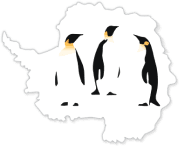 ASOC
ASOC



